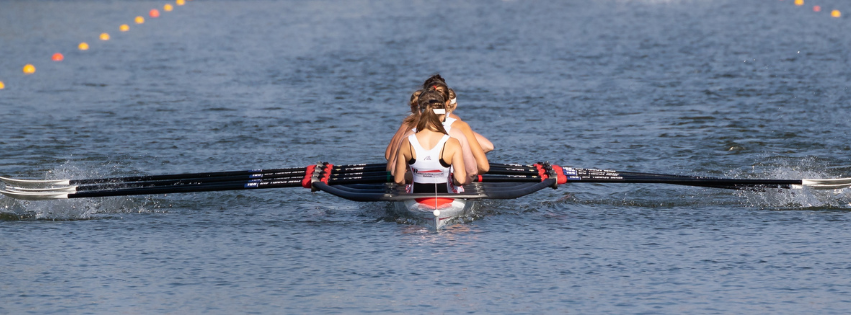How to prevent rowing injuries
Whether out on the open water or training in the gym, there’s no doubt rowing is an excellent exercise choice. However the sport’s repetitive nature can lead to issues, so if you’re an enthusiastic amateur or a competitive club rower, read on for our top tips on how to prevent rowing injuries.
Reasons to row
Rowing is a fantastic low impact, high cardio, strength building sport that is great for building cardiovascular and muscular power and endurance. It provides a full body workout, and you don’t have to spend hours rowing to reap the rewards. Rowing benefits your heart and lungs. It also strengthens and tones your muscles, from your quadriceps, calves and glutes to your pecs, arms, abdominal muscles and obliques. What’s more, rowing’s low impact status means you can achieve an intense cardio workout without putting stress on your joints. In addition, the fact that you can change resistance settings on rowing machines also makes it a great rehab activity.
Common rowing injuries
However, rowing is a repetitive sport involving repeated flexion and extension of the spine, and unfortunately, repetitiveness can lead to issues. Some of the most common rowing injuries include:
- Lower back pain – the prolonged and repeated flexion back and forth at the waist whilst rowing makes lower back pain the most common type of rowing injury
- Upper back pain – pain and tenderness of the muscles in your neck, shoulders and upper back
- Shoulder pain – shoulder impingement / shoulder girdle issues are also the result of the repetitive nature of the sport, with most shoulder injuries being repetitive strain injuries
- Knee pain – although the sport is low impact, the knee joints get a non stop work out when rowing. Overtraining can lead to overuse injuries, while tight muscles can pull on the knee joint below the knee cap or when you move your knee joint
- Wrist tendonitis – also known as ‘oarsman’s wrist’, this is a common complaint amongst rowers. It causes pain and swelling around the wrist and forearm as a result of friction between the forearm muscles as they cross over each other during the rowing action
- Rib cage pain – this can be a rib dysfunction or muscular strain, however, professional rowers can also develop rib stress fractures
Tips for preventing rowing injuries
There are things you can do though to help minimise the risk of injury while rowing – see below for details.
- Use a dynamic warm up – always warm up and focus on using moving stretches and activities (as opposed to static stretches)
- Strength train year round – prevent future problems by working on a balanced strength and conditioning program year round
- Work on your core – build on your core strength to look after your spine. Focus on planks and bird-dogs and avoid sit ups
- Cool down with static stretching – make sure you always do some static stretching at the end of a session / work out too. Many rowing injuries arise from a lack of stretching / cooling down at the end of a session, so always make time to cool down
How we can help
In addition to treating rowing injuries, chiropractors and osteopaths are also able to help with alignment and mobility, ensuring your body is able to perform at its best. So if the tips above don’t help you prevent rowing injuries, or you would like to increase your mobility, please just book in for an appointment.

